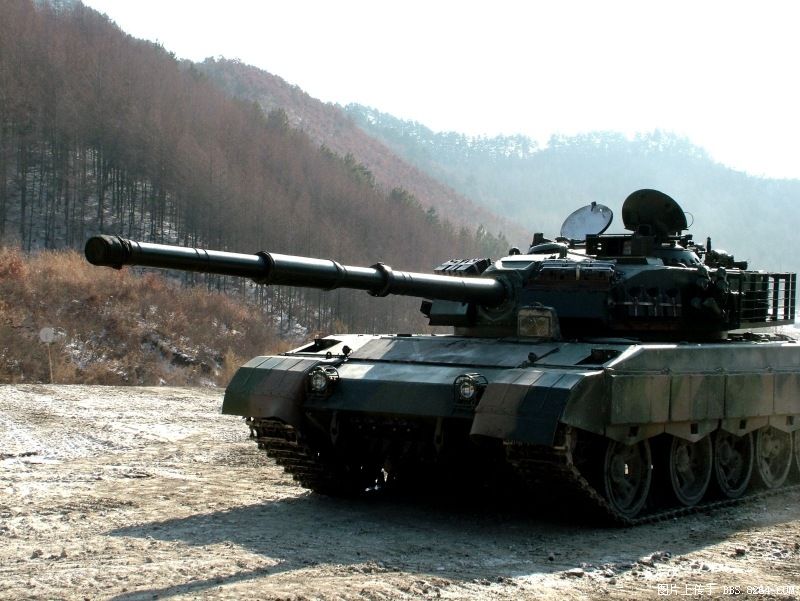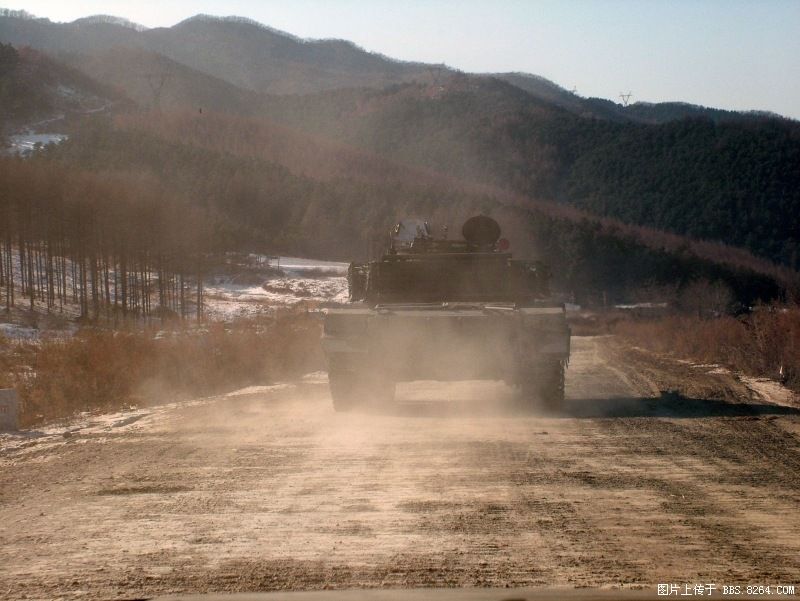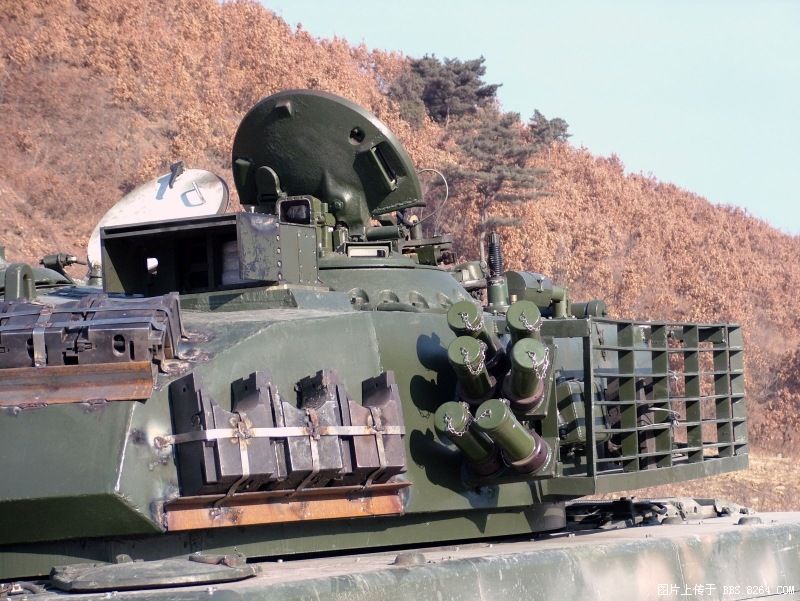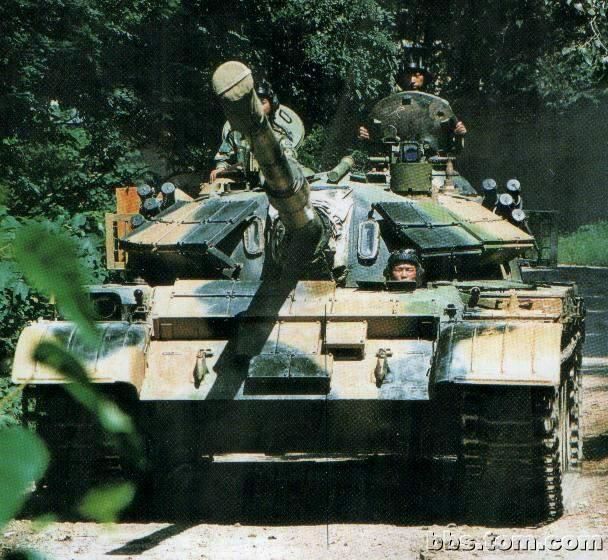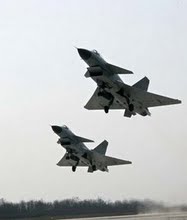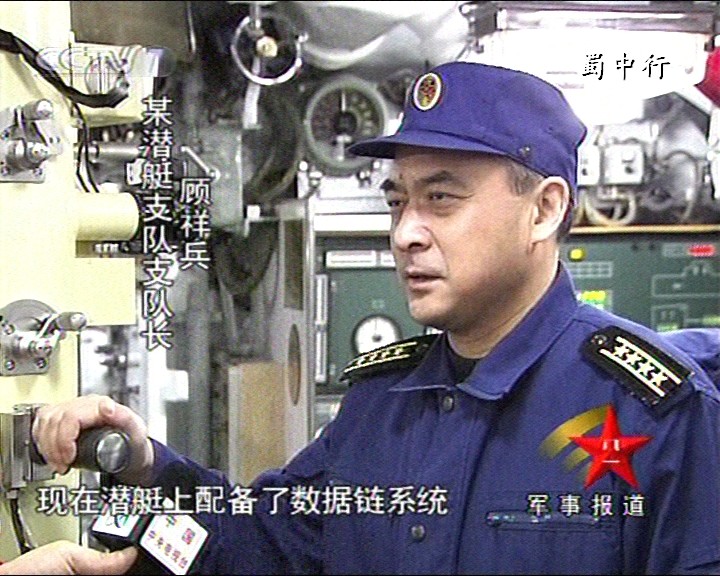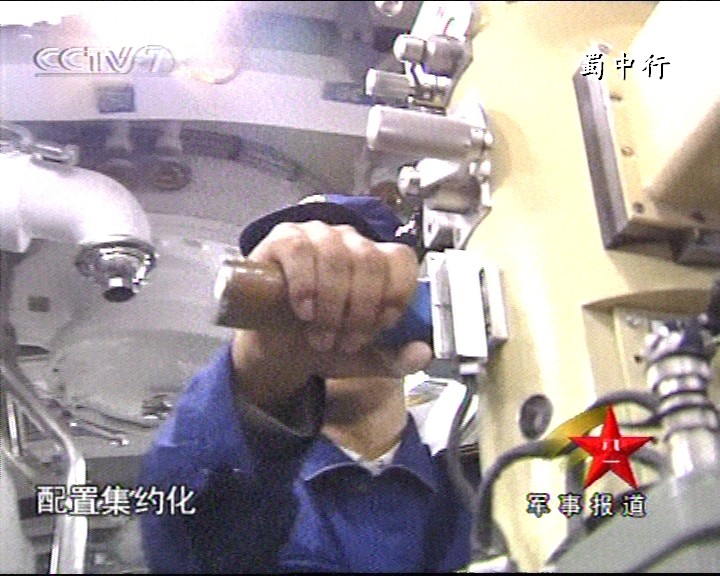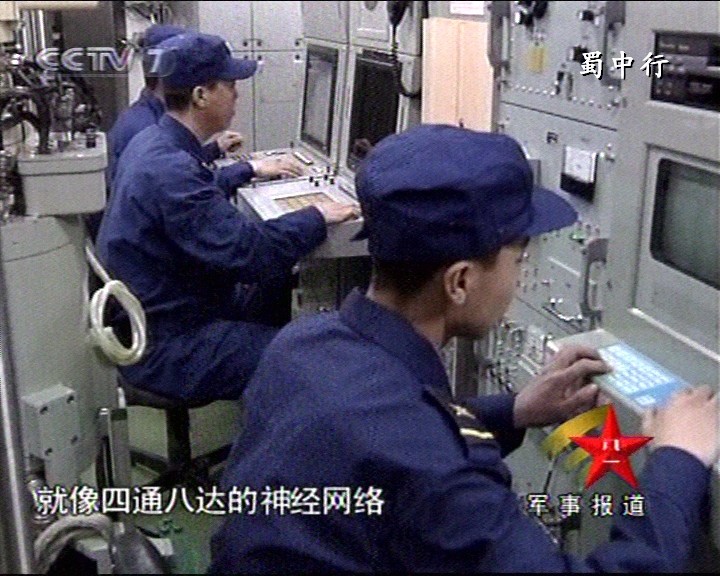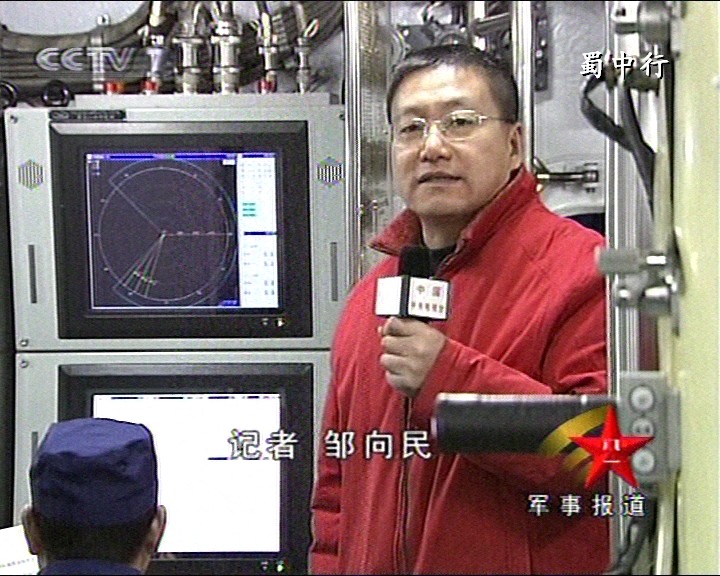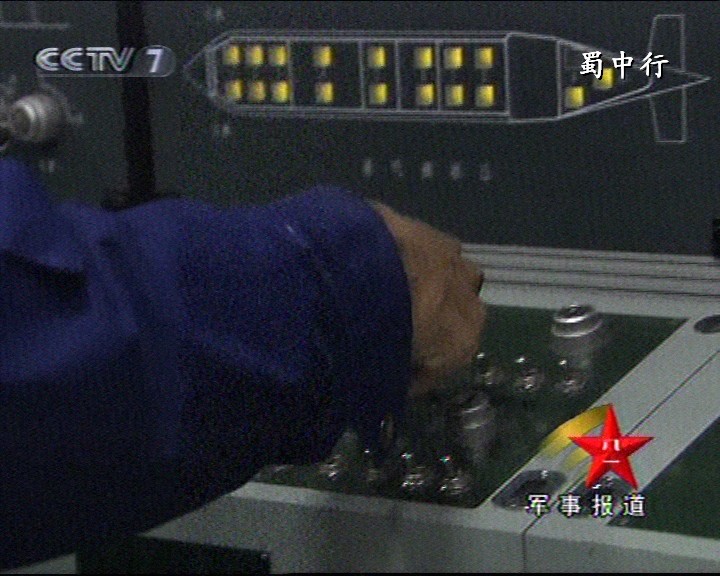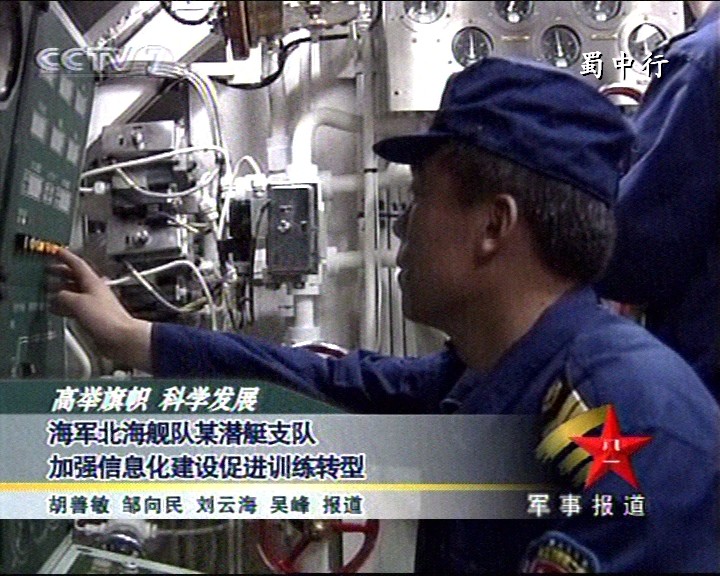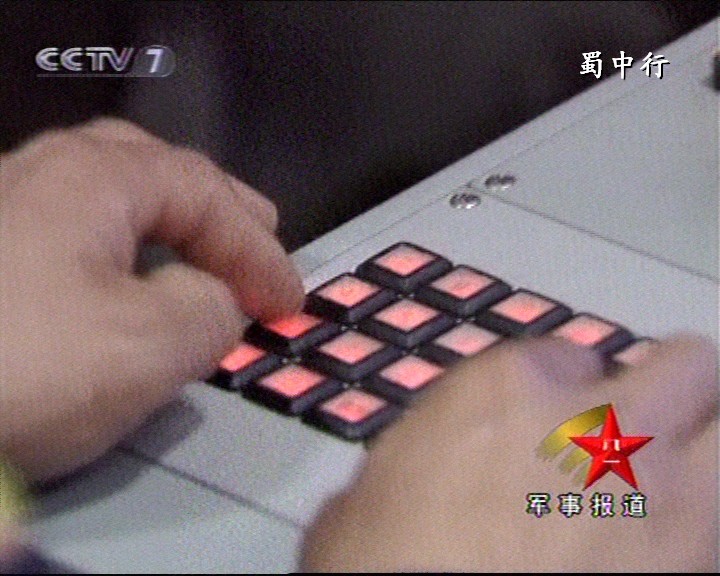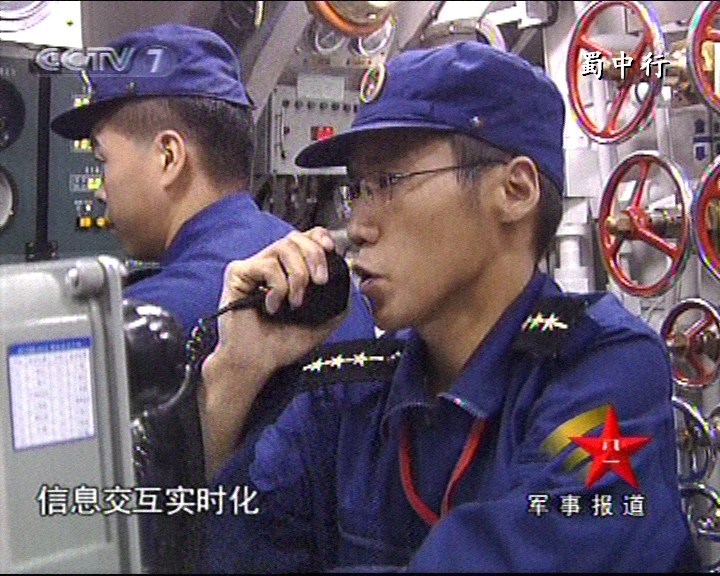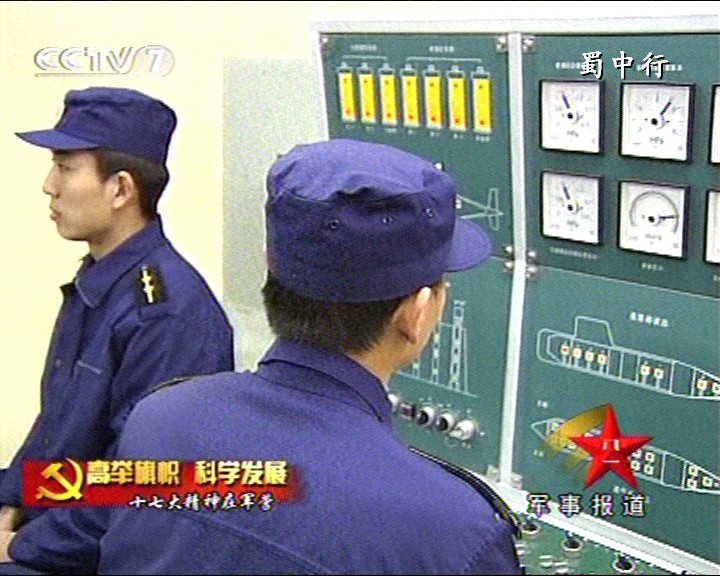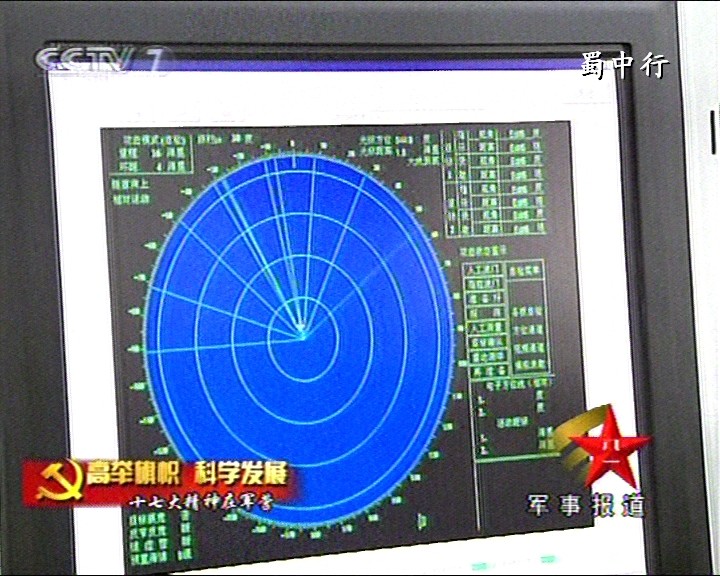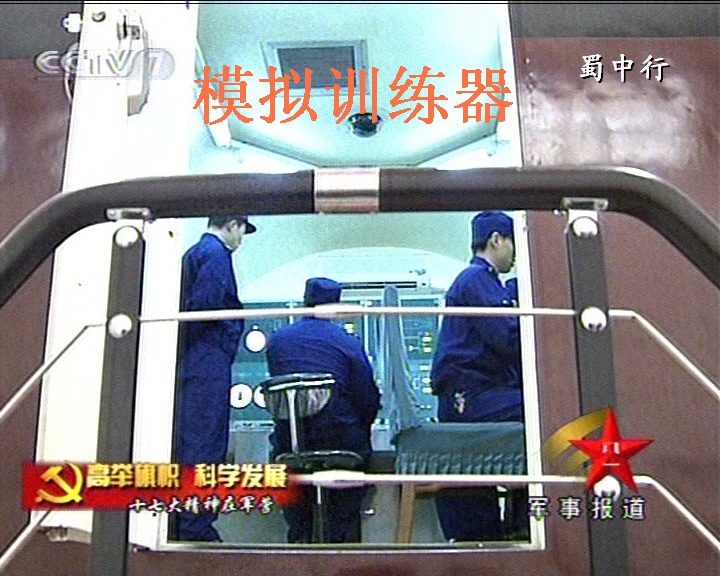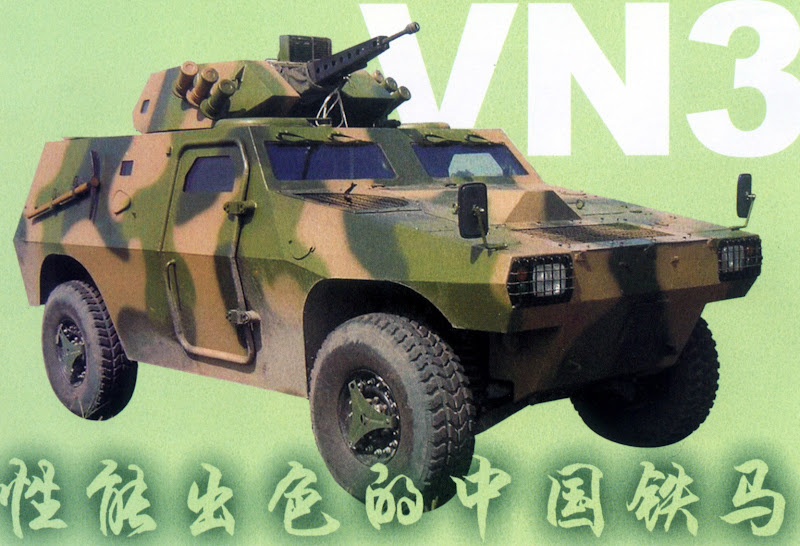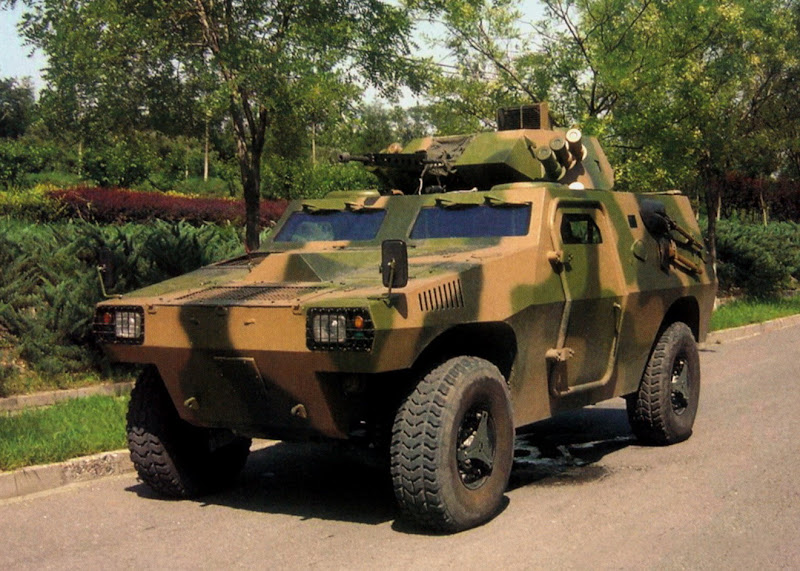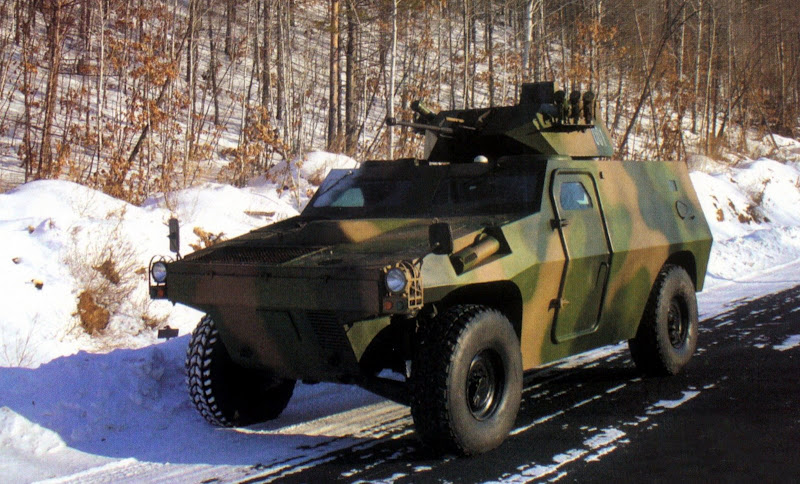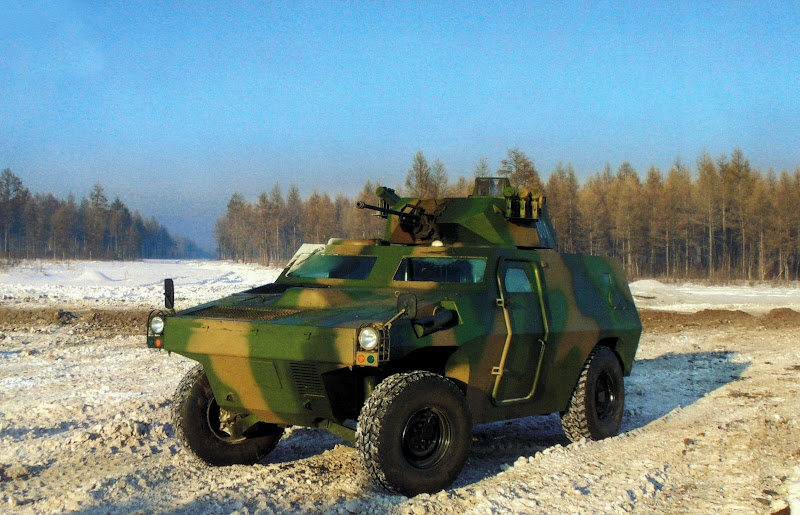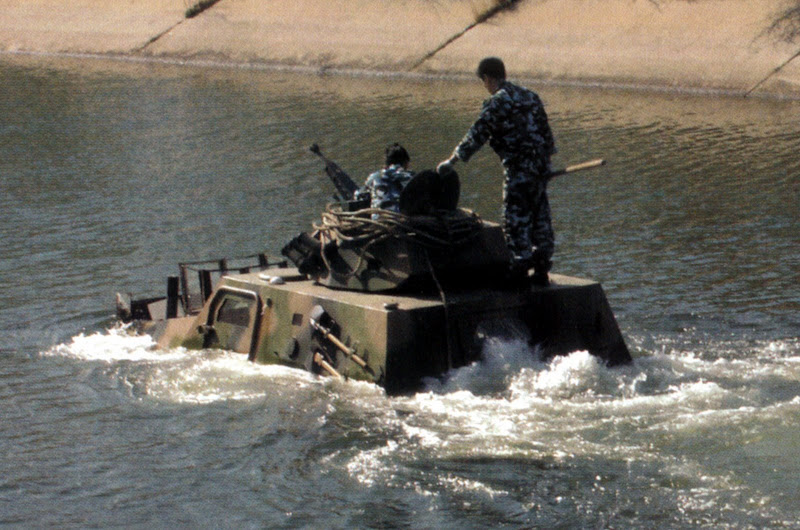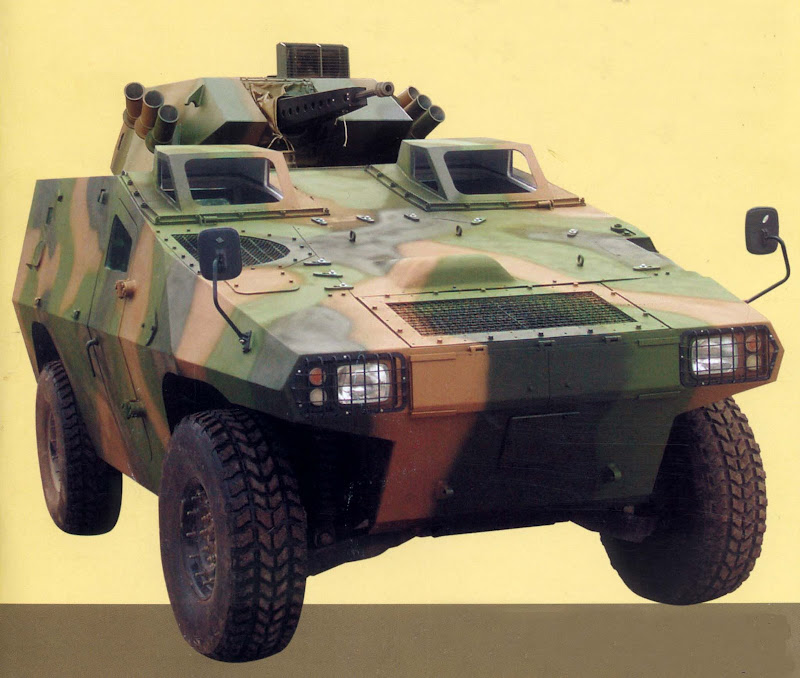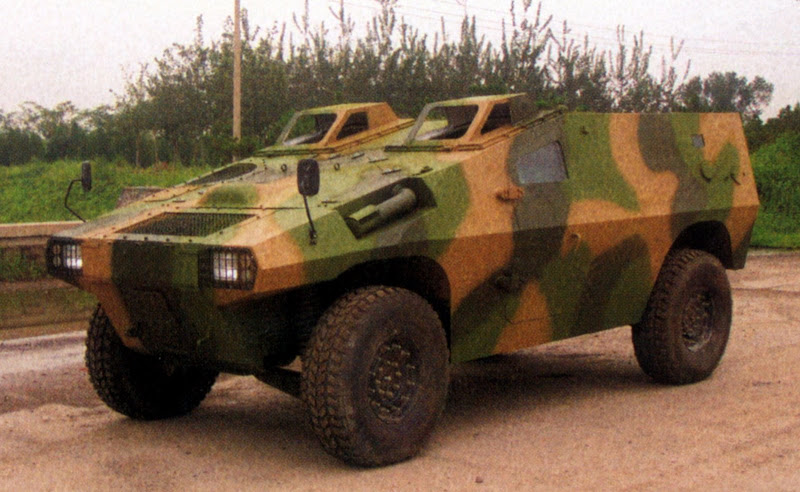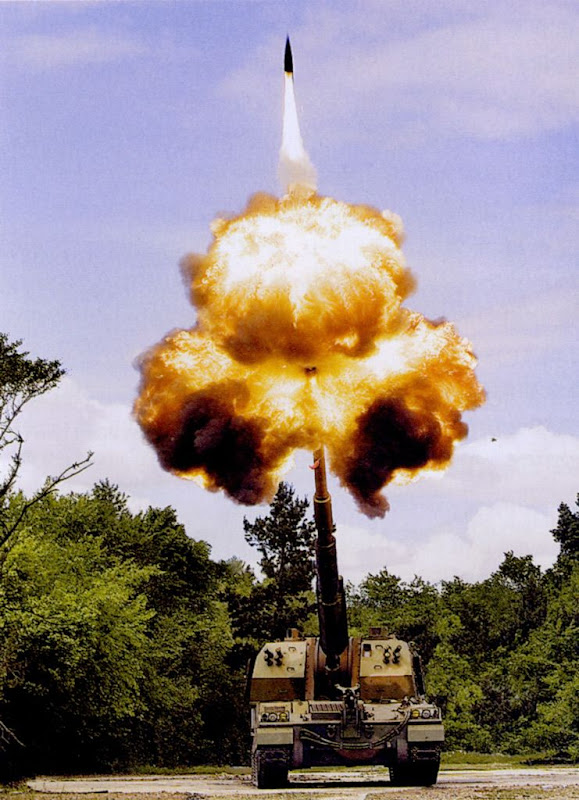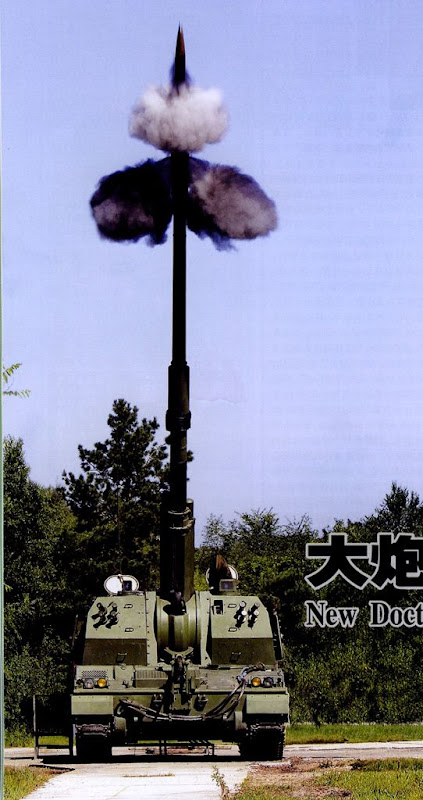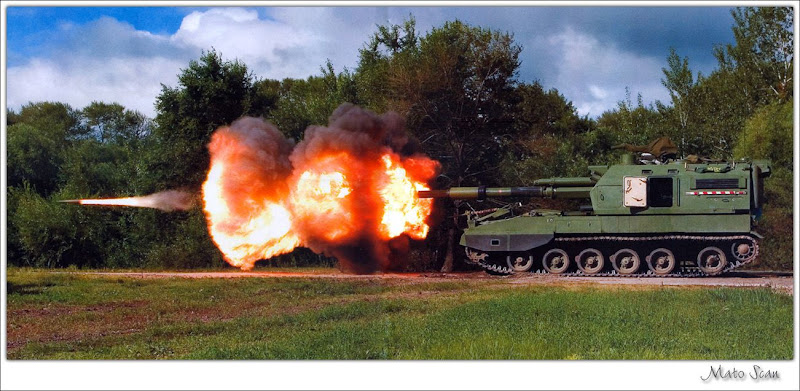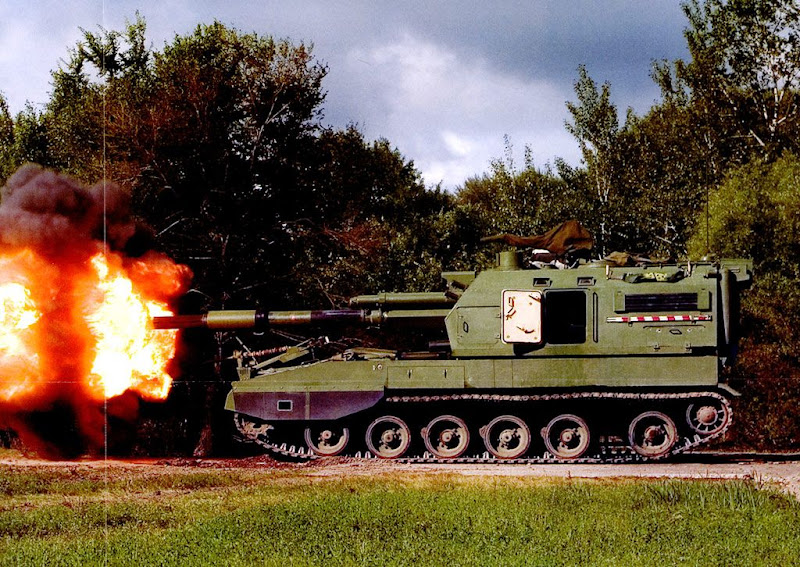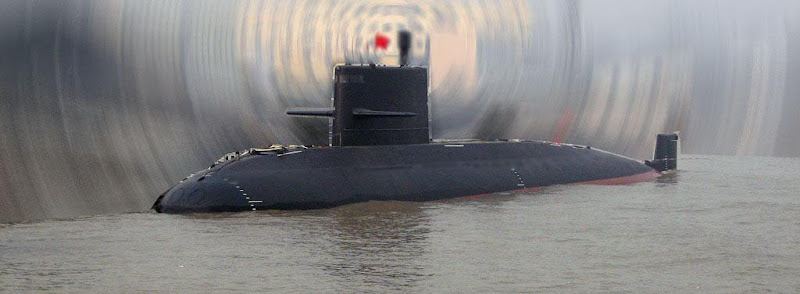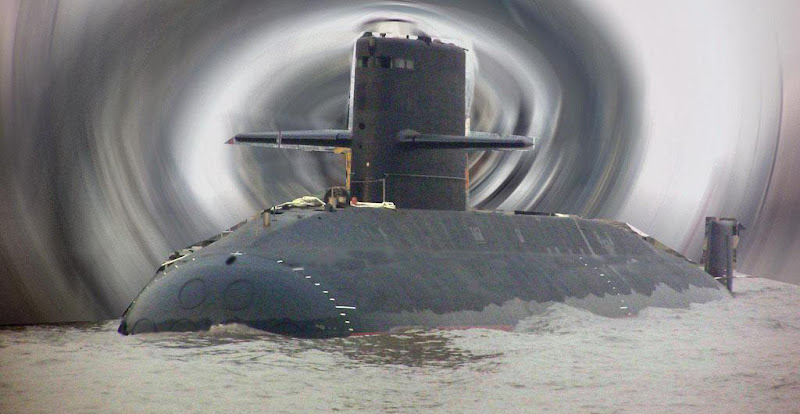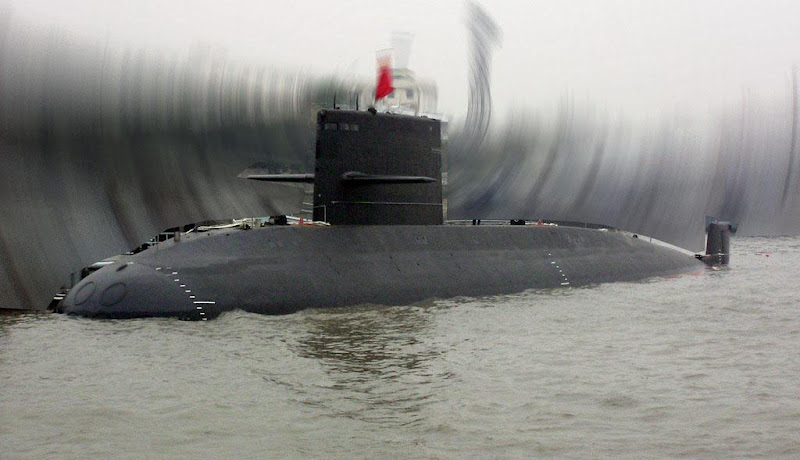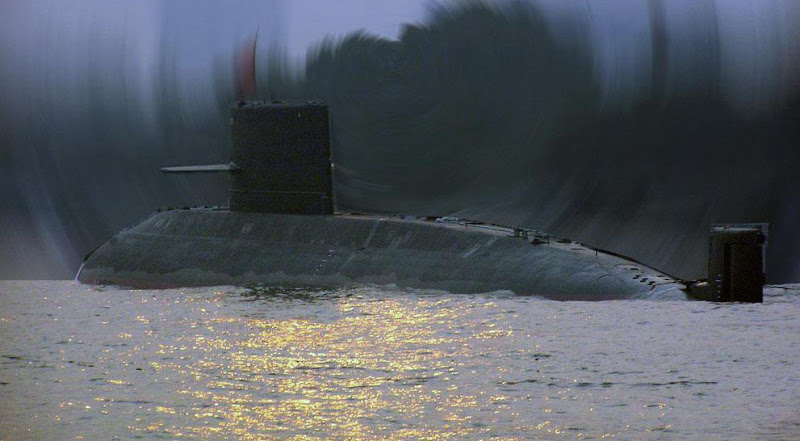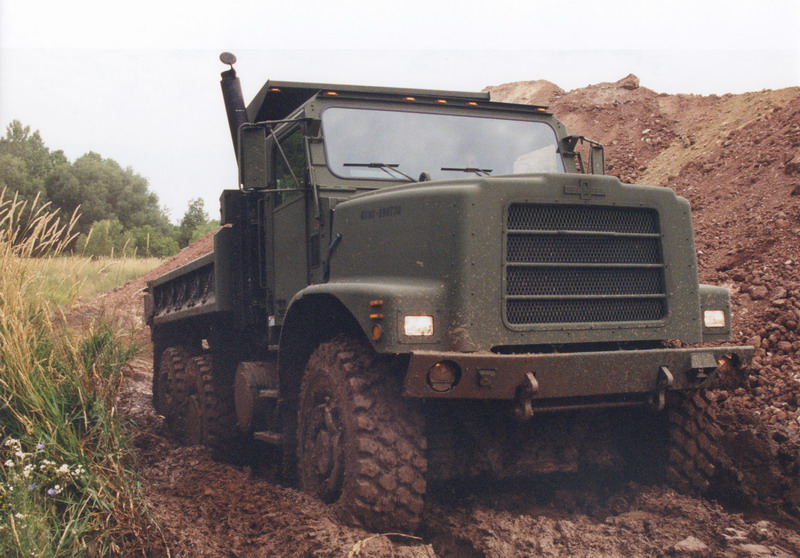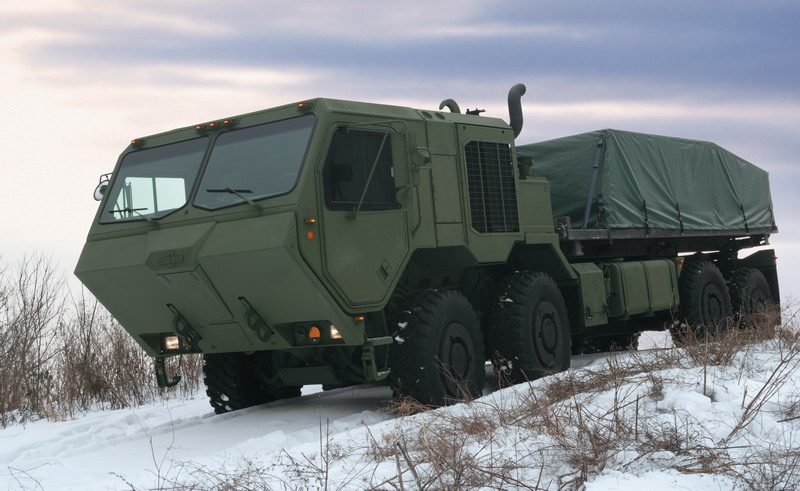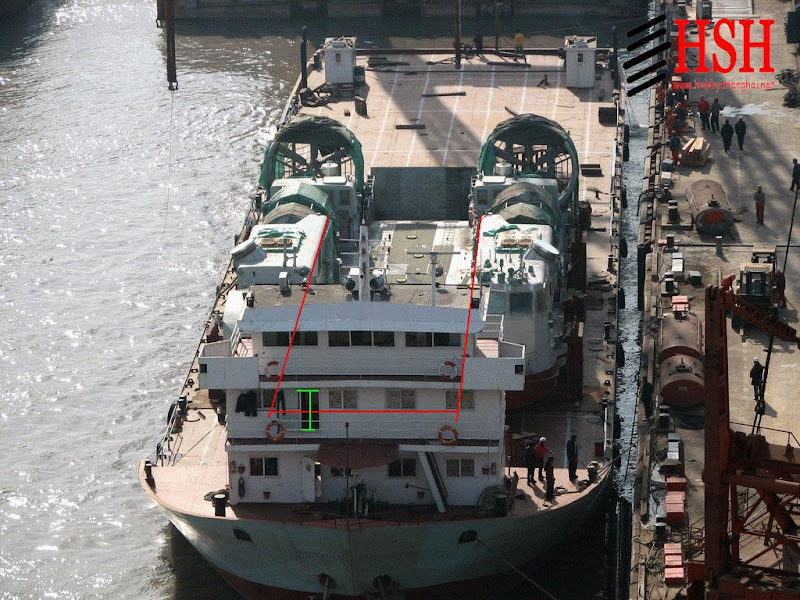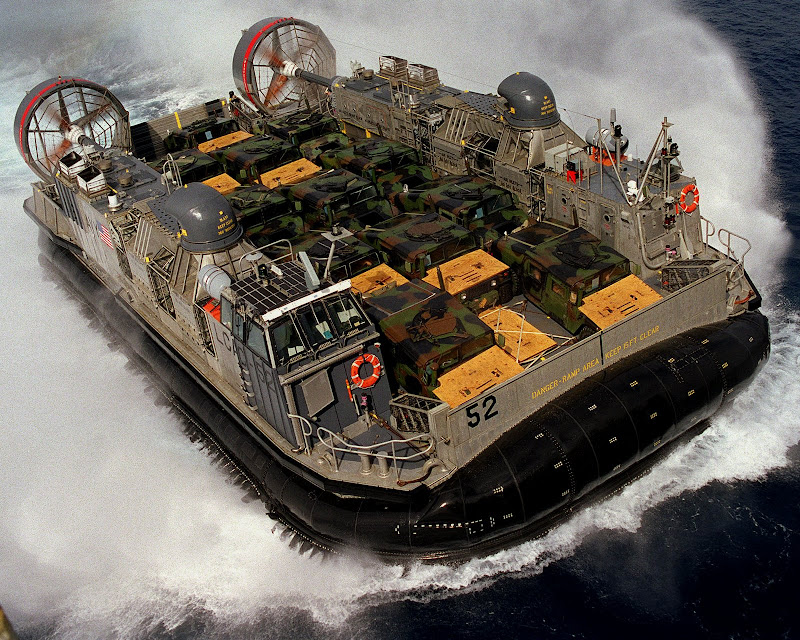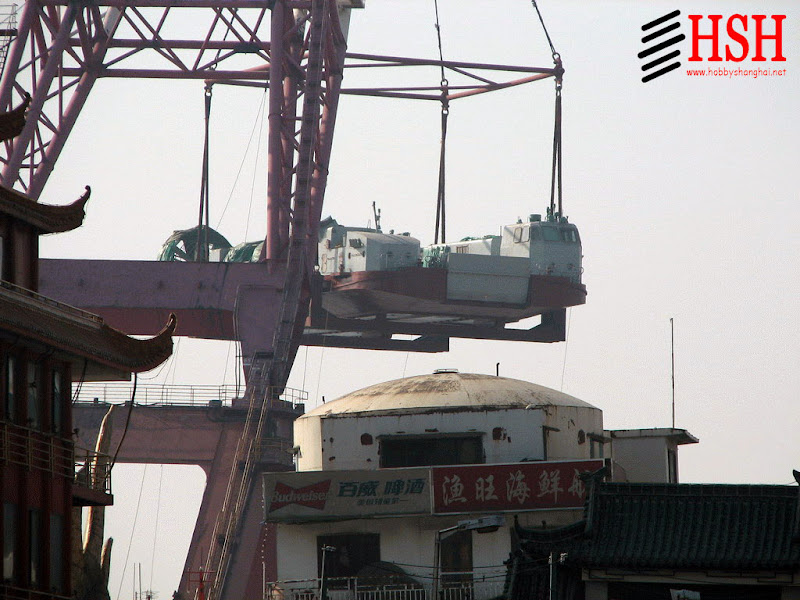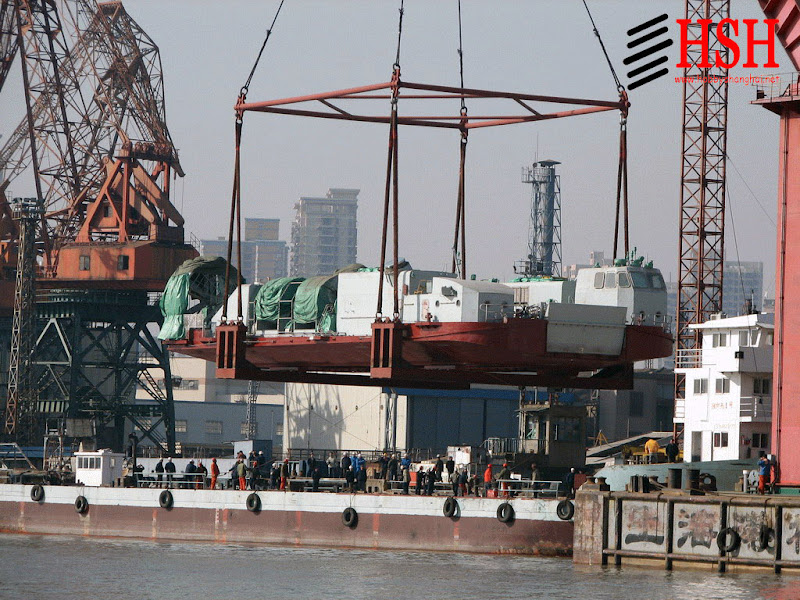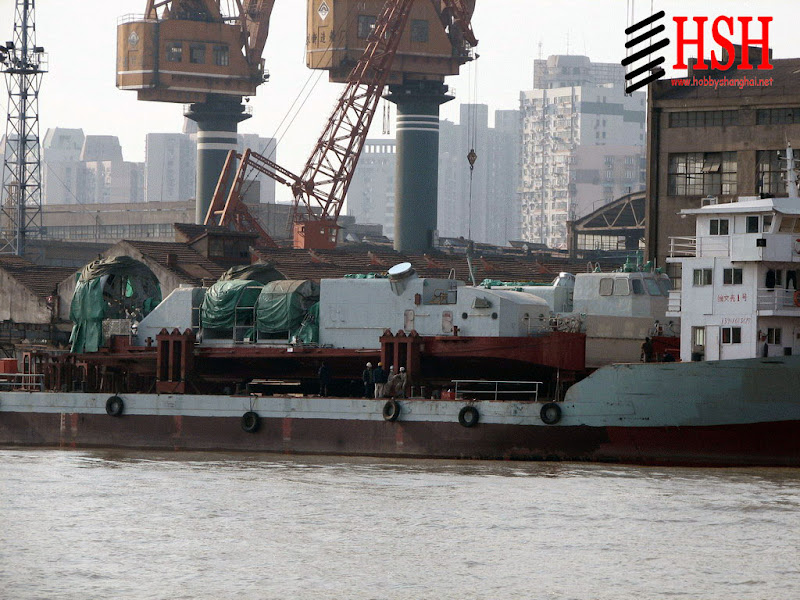At the end of 2007, "PLA Daily", the official paper media of PLA, announced that its new generation training doctrine is being studied to improve PLA operational performance in future hi-tech conflicts and wars.
The new training doctrine has one special part for Joint Combat Training and the other 7 parts for troops and serviced personnel from Army, Navy, Air Force, Secondary Artillery, Armed Police, Testing Support units and reserved armed forces.
Comparing with previous training programs, 5 new features can be found to outline PLA's drilling methods improvement.
Number one, training subjects related to non-war operation like peace-keeping are added.
Recently, more PLA soldiers are sent to oversea areas for UN tasks. In 2006, China has become the largest peace-keeping mission man-power provider in UN Security Council. Meanwhile, the dispatched PLA units are facing more impacting missions than mine-sweeping before. A changing situation urges PLA to add tactical training programs for close combat and anti-riot operations.
Number two, joint combat training is being paid with more attentions by PLA.
PLA always has less experience in joint operation except some three forces joint combats for liberating literal islands in 1950s. But PLA still has no correspondent programs for joint combat training in the most time of PLA's 80 years history, even in 21st century.
PLA’s great disadvantage in joint combat has been a killing limitation for years. The ignorance on joint combat training partially based on PLA’s in-rooted “Great Army” creed, less military expenditure is also an important reason.
Until in 21st century, China’s military budget finally entered a high-speed rising period. With President’s Hu’s urge of “military fight preparation”, the giant PLA at last is going to turnaround from the basic training doctrines level but not propaganda in newspapers.
In 2007, PLA General Staff department once organized a demonstration of joint combat training in Chengdu Military Zone for . When an assaulting unit under attacks from enemies, the squad leader used hand-on GPS system to position the counter fire and ordered signalman to call air support by portable satellite communication device. After 10 minutes, armed chopper arrived to destroy enemy' firepower point.
The program mentioned above is a small but typical example to observe future training standard and pattern of PLA joint combat. Although huge gap with western countries still exist, remarkable changes have taken place in PLA.
Beside the air support in Army Aviation forces, PLA's next training doctrine is also touch a wider air-ground or air-ground-marine joint combat warfare, which involved PLA Air Force and Navy. Of course this will require more reliable battlefield awareness ability, mainly depending on serviced IL-76 AWACS, other C4iSR aircrafts based on Y-8 platform and Aegis-level destroyers.
Number three; more new systems and equipments will be involved in training in order to fully realize warfare systems' performance in war time.
Obviously, a joint operational training requires more high-technical weapon systems. Unlike the "restraint time in 1980s", today is the fastest developing time in PLA History. Whatever the billion-worth surface combat ships or high-tech gadgets for single soldier, PLA has become a technology-intensive armed force. However, the old training doctrine is still rest on 1970s standards. Although PLA has modified training programs for times, an embarrassing situation is most advanced system can not be fully operated by soldiers and sergeants.
Number four, most of training will be designed under sophisticated electronic-magnetic (EM) condition.
The electronic-magnetic jamming and countermeasure in modern battlefield is a real challenge to PLA. Since recent drills in 2006, like iron-fist 2006 and Cooperation 2006, the electronic warfare has been being focused by PLA. Via the opening news resources from PLA, some related added programs can be found.
In Army, Battlefield EM situation image determination and Trunking Communication Network construction are added for technological sergeants and officers.
In Navy, surface and underwater main warships will carry the training of "first fire" and long-range anti-ship missile attacking under electronic counter measuring conditions.
In Air Force, the aviation wings (divisions) drills the anti-radiation operations and air EM jamming programs. PLA's JH-7/A attacker squadrons have equipped electronic warfare pods. For the deterrence to enemy air assaulting, PLA Air Force wings have begun the training with land-bases radars.
In Secondary Artillery, the missile launching brigades are learning to launch tactic or strategic ballistic missiles in the condition of commanding & communication signal under strong EM jamming.
Number Five, the training and evaluation standards are closing to real combat.
New training doctrine firstly rules "Blue Army"(hypothetic enemy) as the basic training condition to prevent previous simple and formalized programs. The root organized bodies in PLA forces will all build their standing hypothetic enemy units for tactic training.
Comparing former "playing" alike training, new battle focus training and related examinations will be certainly carried with quantitative and fractionized evaluation to judge the final result.
Newly designed training skeleton also brings organizational transformation for multiple military operations. In some training condition, original typical mechanized infantry battalion will be added with reconnaissance, anti-tank, EM countermeasure and battlefield communication modules units for dominating drastically changing combat.
According to PLA resources, newly compiled doctrines have been in the argumentative period and are waiting the evaluating opinions from frontline forces. In the year of 2008, PLA's General Staff Department will formally release these training programs in text book, electronic documents and assistant DVD video. In January 2009, the new programs will be enforced throughout all units in PLA.
